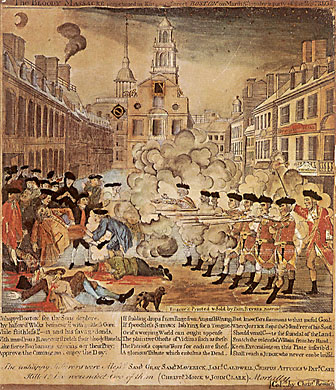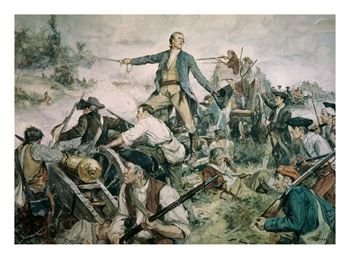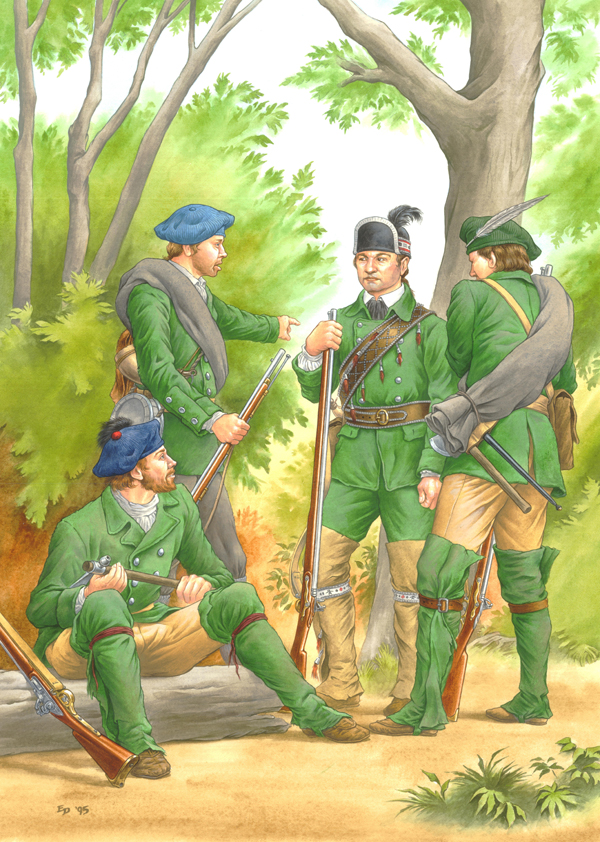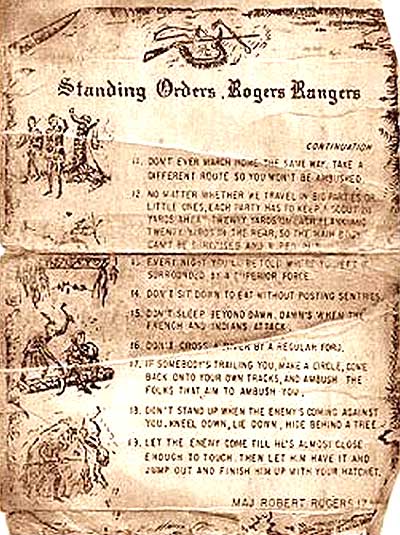http://sharetv.org/images/libertys_kids-show.jpg
NOTE: Students, if you did not take the exit survey for Digital Wish, please do so by Friday, May 18th. Here is the link again: Student Post-deployment Survey
Dear Families--
What follows is an animated series titled Liberty's Kids, which offers a fresh, kid-friendly (and historically accurate) perspective on events happening in Revolutionary War-era colonial America. Told from the viewpoint of three young people and a former slave named Moses from the years 1773 to 1789, this series helps children to understand about how/why issues with Britain reached the breaking point in the years following the French and Indian War, leading to the promise of freedom from Britain. Students will "witness" the chaos and confusion in the colonies as the Revolution unfolded, first dividing, then uniting a nation.
I have provided to each of your children an annotated list of episodes, which includes the historical context for each episode. The amount of classwork is minimal; but the degree of participation is more necessary than ever as we explore "the rest of the story," which requires everyone to be active thinkers and problem-solvers.
As always, please consider checking out the links and other activities I've taken the time to provide. What a great opportunity to spend some additional quality time with your children!
#119 ACROSS THE DELEWARE, PART 1 & PART 2
#120 AN AMERICAN IN PARIS, PART 1 & PART 2
#121 SYBIL LUDINGTON, PART 1 & PART 2
#122 LAFAYETTE ARRIVES, PART 1 & PART 2
#123 THE HESSIANS ARE COMING, PART 1 & PART 2
#124 VALLEY FORGE, PART 1 & PART 2
#125 ALLIES AT LAST, PART 1 & PART 2
#126 HONOR AND COMPROMISE, PART 1 & PART 2
#127 THE NEW FRONTIER, PART 1 & PART 2
#128 NOT YET BEGUN TO FIGHT, PART 1 & PART 2
#129 THE GREAT GALVEZ, PART 1 & PART 2
#130 IN PRAISE OF BEN, PART 1 & PART 2
#131 BOSTONIANS, PART 1 & PART 2
#132 BENEDICT ARNOLD, PART 1 & PART 2
#133 CONFLICT IN THE SOUTH, PART 1 & PART 2
#134 DEBORAH SAMPSON: SOLDIER OF THE REVOLUTION, PART 1 & PART 2
#135 JAMES ARMISTEAD, PART 1 & PART 2
#136 YORKTOWN, PART 1 & PART 2
#137 BORN FREE AND EQUAL, PART 1 & PART 2
#138 THE MAN WHO WOULD BE KING, PART 1 & PART 2
#139 GOING HOME, PART 1 & PART 2
#140 WE THE PEOPLE, PART 1 & PART 2
#120 AN AMERICAN IN PARIS, PART 1 & PART 2
#121 SYBIL LUDINGTON, PART 1 & PART 2
#122 LAFAYETTE ARRIVES, PART 1 & PART 2
#123 THE HESSIANS ARE COMING, PART 1 & PART 2
#124 VALLEY FORGE, PART 1 & PART 2
#125 ALLIES AT LAST, PART 1 & PART 2
#126 HONOR AND COMPROMISE, PART 1 & PART 2
#127 THE NEW FRONTIER, PART 1 & PART 2
#128 NOT YET BEGUN TO FIGHT, PART 1 & PART 2
#129 THE GREAT GALVEZ, PART 1 & PART 2
#130 IN PRAISE OF BEN, PART 1 & PART 2
#131 BOSTONIANS, PART 1 & PART 2
#132 BENEDICT ARNOLD, PART 1 & PART 2
#133 CONFLICT IN THE SOUTH, PART 1 & PART 2
#134 DEBORAH SAMPSON: SOLDIER OF THE REVOLUTION, PART 1 & PART 2
#135 JAMES ARMISTEAD, PART 1 & PART 2
#136 YORKTOWN, PART 1 & PART 2
#137 BORN FREE AND EQUAL, PART 1 & PART 2
#138 THE MAN WHO WOULD BE KING, PART 1 & PART 2
#139 GOING HOME, PART 1 & PART 2
#140 WE THE PEOPLE, PART 1 & PART 2
Check out these additional sites:
Read all about it!
These newspaper Chronicles let you experience first-hand the excitement and
uncertainty of the American Revolution as it happened. Click on a city to read
about the riveting historical headlines that shaped the war and America.
Explore the chronology of
Revolutionary events
The Road to Revolution Game
Test your knowledge about the American Revolution, and see if you can navigate your way to independence. Every correct answer gets you closer to liberty!
Test your knowledge about the American Revolution, and see if you can navigate your way to independence. Every correct answer gets you closer to liberty!
Get to know the
people and times of the American Revolution by clicking on the activities
below.
Episode Descriptions




















